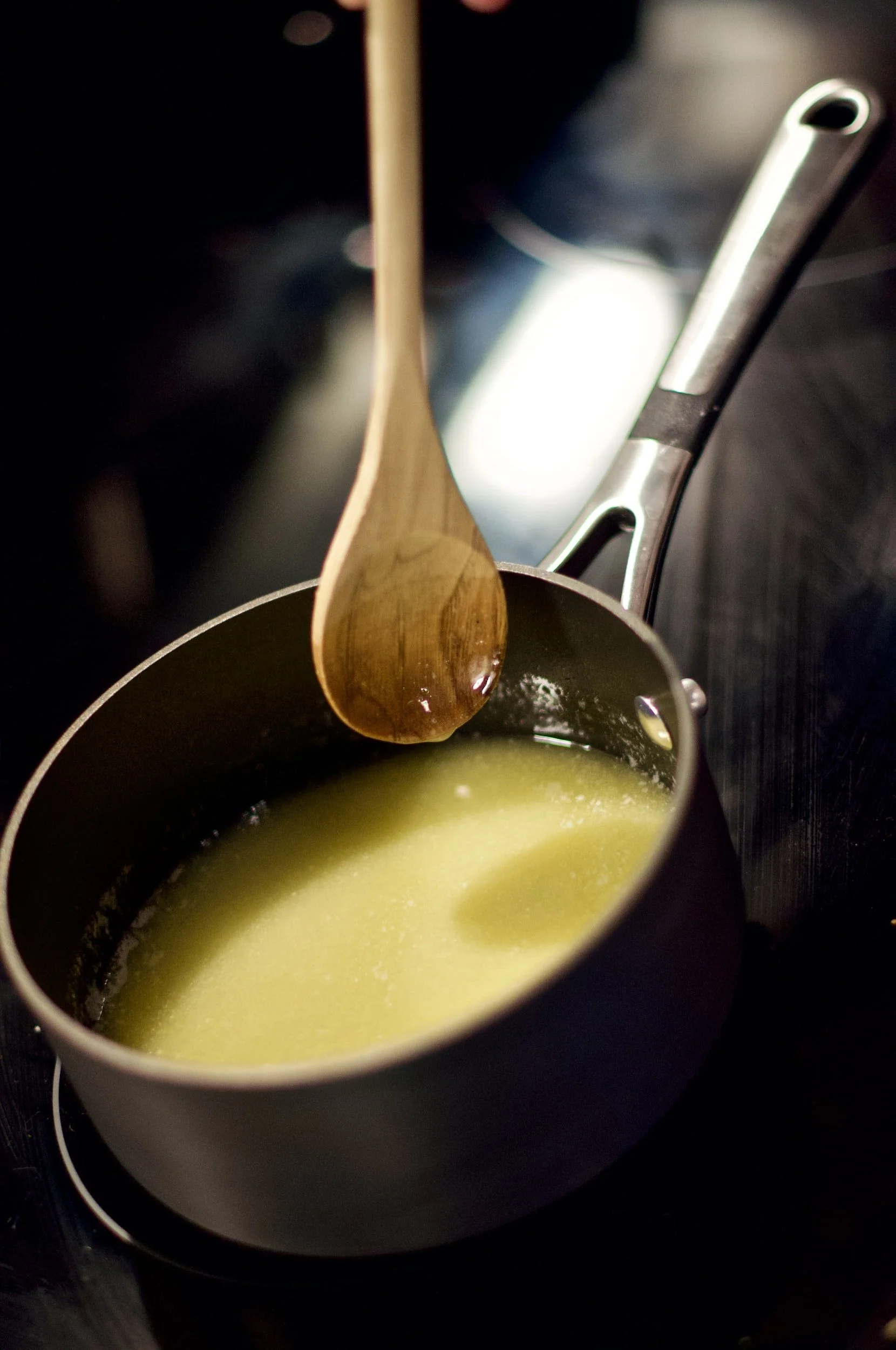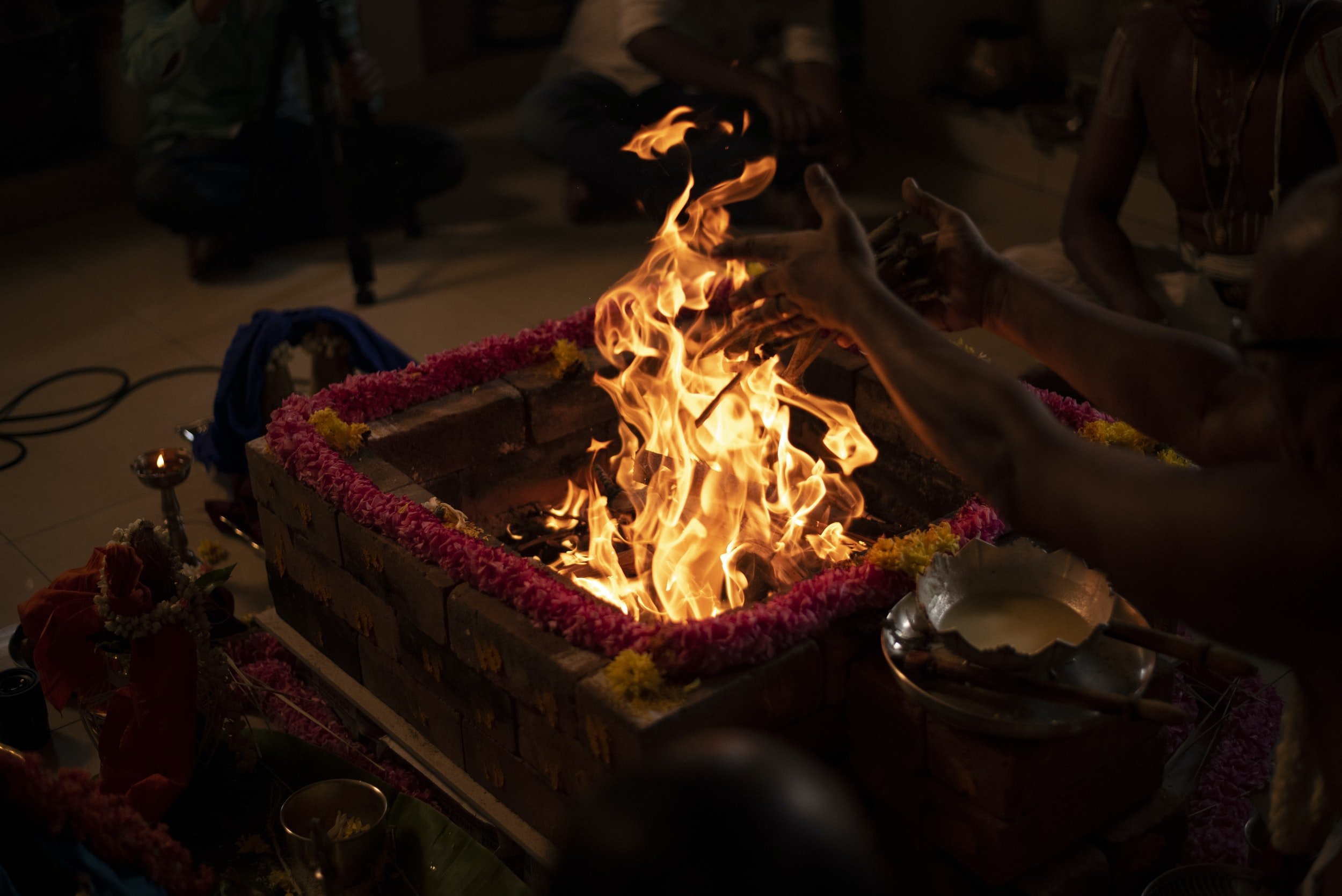History and Science of Ghee
Ghee is an Indian staple for years. It is used in almost every vegetable or curry dish or even just mixed with rice. Although I can not stand the smell or taste of ghee, its uses and history are very interesting. Keep reading to learn!
History of Ghee
Ghee was originated in India and is known to be created by the Hindu god Prajapati. The story states that Prajapati rubbed his hands together to create ghee that then is poured into flames to create his child. In traditional Indian medicine, ghee is known for its anti-inflammatory benefits and for its creation of calm energy. Ghee is sometimes used on alters, to light candles in Hindu temples, and thrown into fires in festivals.
Science of Ghee
Ghee is a slow-cooked clarified butter that removes lactose and casein in the butter. Removing lactose and casein helps to increase the shelf-life of the butter. Ghee is lactose-free so it is a great butter alternative. It also contains a higher smoke point than butter or oil so it is helpful for many Indian dishes.
cites:
Sserunjogi, Mohammed L., Roger K. Abrahamsen, and Judith Narvhus. "A review paper: current knowledge of ghee and related products." International Dairy Journal 8.8 (1998): 677-688.
Hazra, Tanmay, and Pankaj Parmar. "Natural antioxidant use in ghee-A mini review." Journal of Food Research and Technology 2.3 (2014): 101-105.
Wadhwa, B. K., and M. K. Jain. "Chemistry of ghee flavour-a review." Indian Journal of Dairy Science 43.4 (1990): 601-607.


